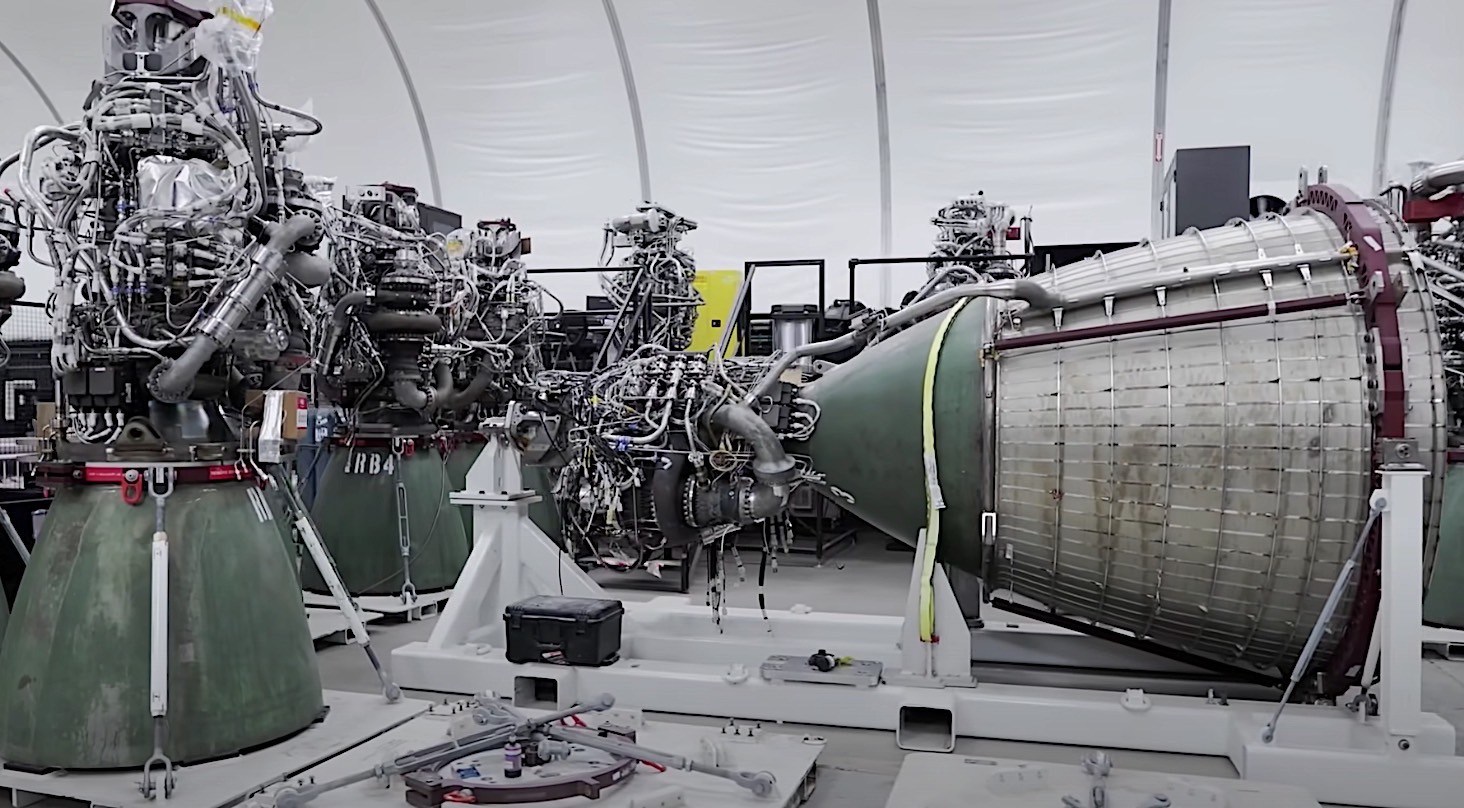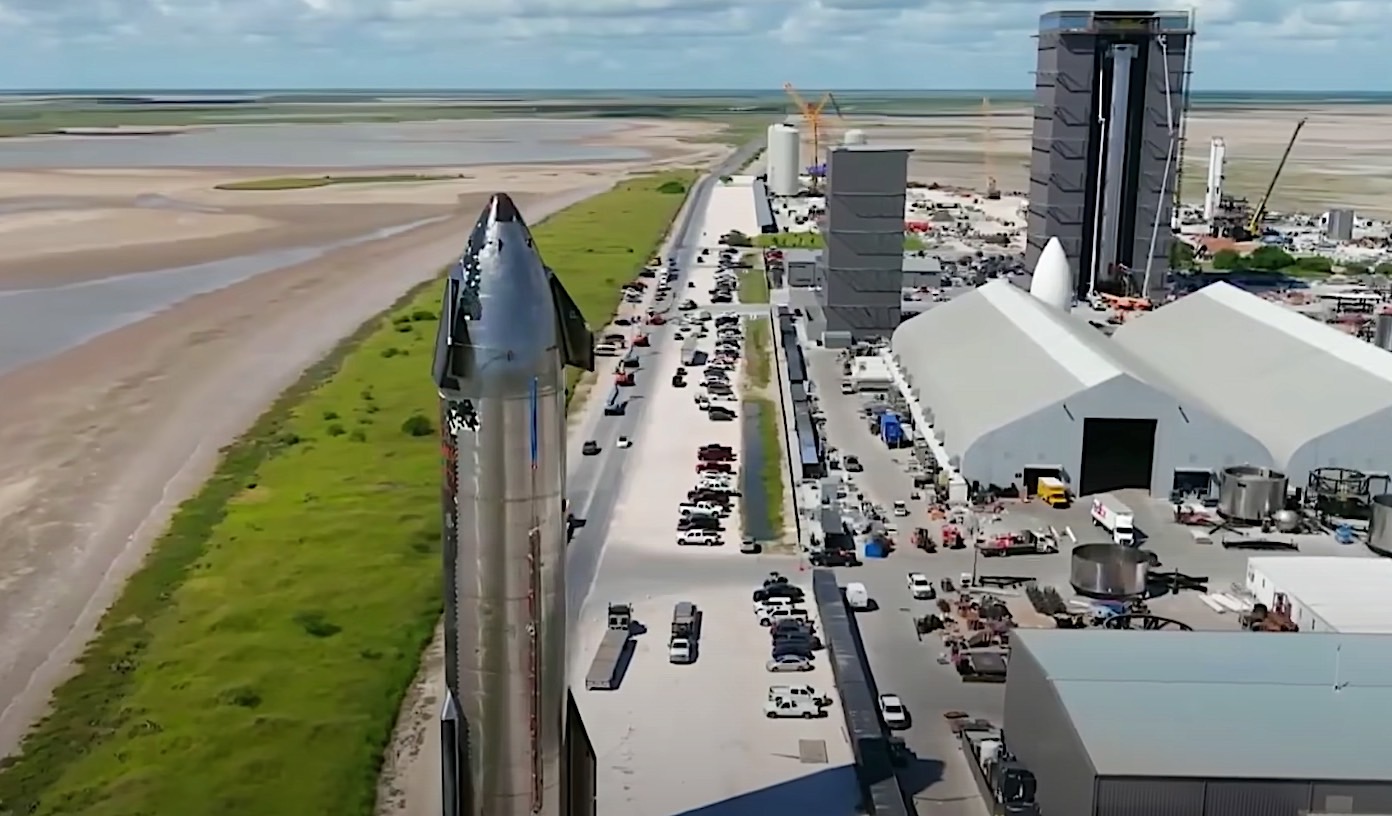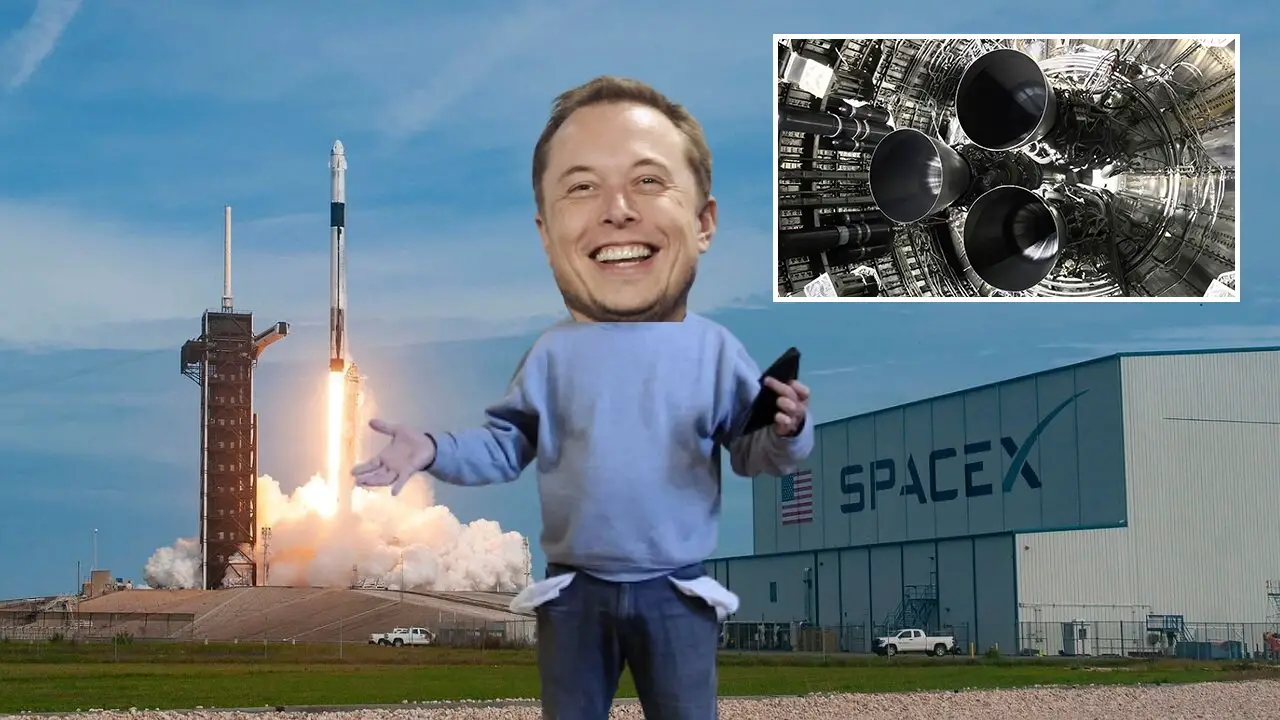Elon Musk, CEO of SpaceX, claims in a newly leaked email that the firm may go bankrupt if it does not meet the Starship and Starlink targets by the end of 2022, which look to be out of reach.
The announcement, which was originally reported by SpaceExplored, comes around a week after CNBC reported that Musk was “shaking up” SpaceX’s leadership by essentially removing its vice president of propulsion owing to “a lack of progress” in the development of Starship’s Raptor engine.
Musk now claims that “the Raptor production situation is significantly worse than it appeared a few weeks ago,” presumably after having his first proper peek “under the hood” in a while. Worse, the CEO has warned that if “not enough trustworthy Raptors are produced [by the end of 2022]…[SpaceX] would face a true risk of bankruptcy.”
The email elicits suspicion as well as numerous serious questions.
.@lorengrush published the full email: https://t.co/yjUOwbaRFo pic.twitter.com/e5BjL4zaie
— Michael Sheetz (@thesheetztweetz) November 30, 2021
Elon Musk, in a company-wide email obtained by CNBC, said SpaceX's Raptor engine program is "a disaster" and in "crisis":
"We face genuine risk of bankruptcy if we cannot achieve a Starship flight rate of at least once every two weeks next year."https://t.co/t6XMSyZ4mu
— Michael Sheetz (@thesheetztweetz) November 30, 2021
To begin with, is Musk’s warning that SpaceX might go bankrupt due to an undefined “Raptor manufacturing issue [and tragedy]” true? In a nutshell, no.
Musk’s case is easy to understand. According to his calculations, the first-generation (V1) Starlink satellite internet constellation is “financially weak on its own,” prompting SpaceX to develop a much larger, more advanced second-generation (V2) Starlink satellite and constellation, which the company’s existing “Falcon [rockets] neither have the [payload] volume nor mass to orbit” to launch. Musk claims that SpaceX need Starship to launch the Starlink V2 constellation effectively.
It’s all the “secondary” structure that concerns me, not engines & primary airframe
— Elon Musk (@elonmusk) October 1, 2019
There is no indication in the communication that a “Raptor manufacturing issue” might have a negative impact on SpaceX beyond causing some inconveniences.
He thought Raptor V1.0 had already cost less than $1 million to make two years ago. Currently, SpaceX has 35 operational Raptor engines installed on Starship and Super Heavy rocket prototypes at Boca Chica, Texas, which is an average of one engine every two days, according to CEO Elon Musk. As of now, SpaceX has the ability to produce one Raptor engine every 48 hours, enough to outfit a sizable Starship fleet.

SpaceX’s Starlink V2 constellation will be able to launch much more quickly and effectively if the two stages of Starship are intended to be quickly and entirely reusable. SpaceX could theoretically equip a fleet of three Super Heavies (each with 99 engines) and thirteen Starships with a yearly manufacturing capacity of 180 Raptors (72 engines).
At least 36 launches per year would be possible even if Super Heavy booster reuse is initially slower than Falcon (1 launch per month) and Starship reuse is first slower than Dragon (3 launches per year).
However, even if SpaceX’s former propulsion executives managed to fool Musk into thinking there were engines when there weren’t, and then hide tens of millions of dollars in hidden costs from the company’s own accountants, 100 Raptor engines running at a cost of $5 million each would still be able to power a fleet of six reusable ships and two boosters capable of about 20 launches per year.
In order to avoid bankruptcy, SpaceX has to be able to launch at least one Starship every two weeks by the end of the year—equivalent to 26 launches per year. The fact that SpaceX has been tricked for years is a bad look, but none of the scenarios discussed above appear to have the potential to bankrupt SpaceX in the near future.
It is also worth noting, however, that CEO Elon Musk claims SpaceX is “spooling up” one or more factories to make “several million” Starlink user devices (dishes) per year, a process which “will consume tremendous capital [and] presupposes that [Starlink V2 satellites] will remain on orbit.” Those millions of terminals, he claims, “will be useless else.”
SpaceX is making a choice to “consume tremendous cash” to “spool up” Starlink dish factories before the constellation capacity necessary to take use of those dishes has been acquired.
As an alternative to making such a large expenditure right away, SpaceX may pool its resources with Starship and wait until the Raptor and Starlink V2.0 spacecraft are ready for routine launches before making a significant investment in dish manufacturing.

For example, SpaceX just collected about $350 million from investors with a seemingly limitless appetite for SpaceX investments. By the end of the year, SpaceX is expected to have raised more than $2.3 billion in total. With a market capitalization of more than $100 billion, the corporation might, as the last option, raise double-digit billions in a single swoop through an IPO. Simply said, the only way SpaceX could ever go bankrupt in the foreseeable future is if it deliberately drowns in a sea of life preservers.
This is not to indicate that SpaceX will not face significant hurdles in the future, nor does it mean that its fundraising potential is endless. Investors may get disillusioned in the future.
It is also likely that SpaceX will take years longer than Musk anticipates to start launching Starlink V2.0 with Starship on a regular basis. Environmental permissions alone might easily rule out more than five orbital Starship launches in 2022, and regular (i.e. bi-monthly) launches until 2023.
However, unless Elon Musk is indicating that the remainder of the company’s finances is a house of cards, the chances of SpaceX really going bankrupt anytime soon are vanishingly slim. In actuality, he is probably just trying to induce dread and terror in SpaceX employees, for better or worse, in order to urge them to work longer hours and take fewer vacation days.
If a severe global recession were to dry up capital availability / liquidity while SpaceX was losing billions on Starlink & Starship, then bankruptcy, while still unlikely, is not impossible.
GM & Chrysler went BK last recession.
“Only the paranoid survive.” – Grove
— Elon Musk (@elonmusk) November 30, 2021

